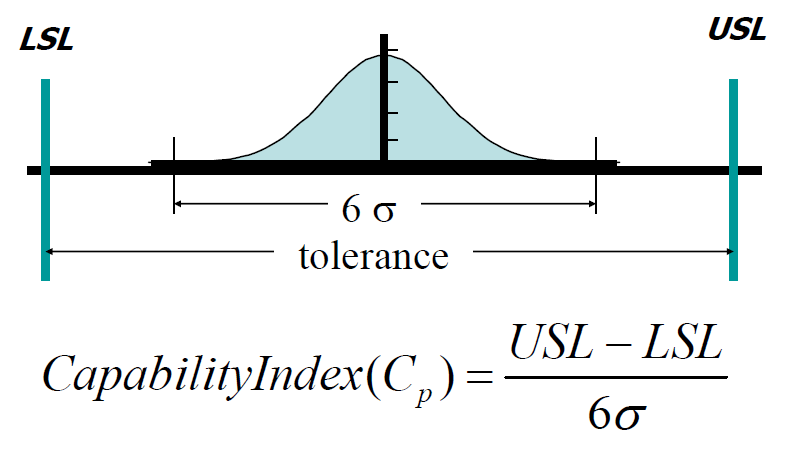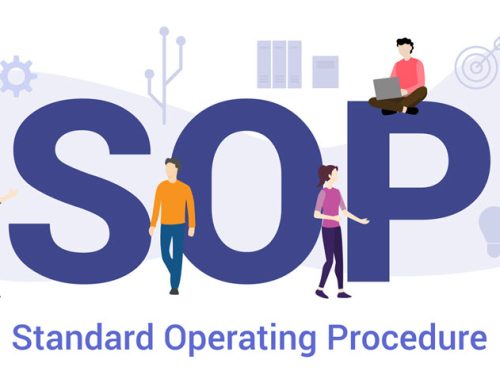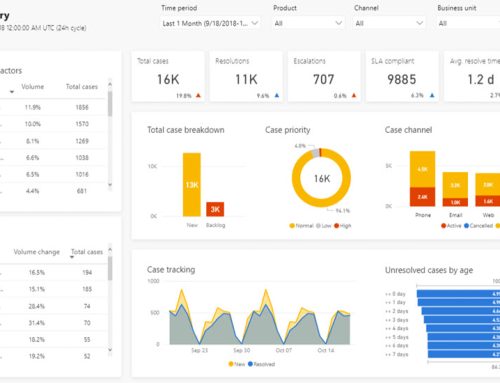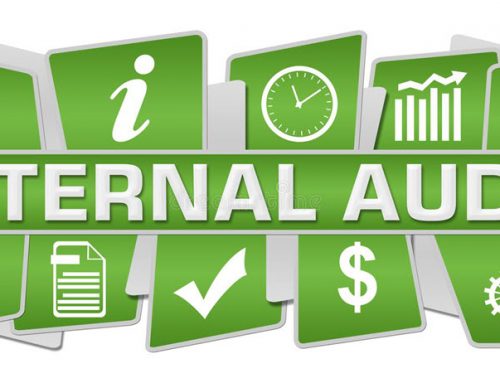Every organization has set objectives whether financial or non-financial that it targets to hit at a particular period. There are different measures to compare a given outcome with the projected performance of the organization. The best method that has been confirmed to work exceptionally well in many organizations is the capability analysis. What is capability analysis? This is a set of calculations that assist an organization to determine whether it’s statistically in a position to meet the set projections.
To conduct the capability analysis to improve a business process within the organization, you need to make sure that you have stable statistical data. Special statistical data means that there are no special cases for the data. You need to draw and complete a control chart which will help you to detect varying data.
If well performed, capability analysis can show the previous performance, but the main drawback associated with this method is that it cannot be relied upon to predict the future. If you are seeking to conduct a perfect capability analysis in one or several of the business processes in your organization, the following steps will offer a great aid.
Select the Process you are intending to Analyze
This is the most critical part of capability analysis because you cannot carry on without knowing what you are analyzing. The primary goal of every organization is process improvement; therefore, you need to check the process which requires urgent attention and might affect the entire organization if an action is not taken on time. At times, the organizations might find itself in a position of financial scarcity. What do you do in a situation like this? You prioritize on the problems because you cannot solve all of them at a go. The essential tools that can enable you to detect the problem include; fishbone diagrams and Pareto analysis.
Understand the Process
Once you have identified the process that needs urgent attention, if you are not familiar with it you need to study it closely or collaborate with an expert or else you will conduct capability analysis on the wrong problem. You should be keen to identify every single element of this process. Besides, you will need the input of a combination of personnel, machines, and tools to add value to the process.
Gather the Resources Needed to Improve the Process
Capability analysis of a business process can disrupt the normal functioning of the process. Therefore, you might be required to incur extra expenditure to cover the needs. All the techniques of project management should be brought on board to this process and it should be managed with care and skills.
Put a Control Plan in Place
The objective of the capability analysis is to improve the performance of the process if it’s designed in the best way possible. There are two main reasons as to why you should have a control plan;
- Because the control plan isolates and control variables.
- It provides a method to deal with the variables that go out of control.
Choose the Method of Capability Analysis
The success of the process you seek to improve is dependent on the decisions you have made so far. The skills of the person handling the project matter a lot because you cannot afford mistakes at this point. Besides, you will require the input of tools such as attribute charts in case a performance measure is a significant approach.
It Is Time to Collect Data
At this stage, you can use tools such as the control charts to identify the varying data but most importantly, you need to apply your skills. Have more than one person over the collected data to point out the mistakes. Then transcribe the data to a friendly form that will enhance a smooth experience dealing with the data.
Estimate the Capability Analysis of the Process
You are not yet done with the capability analysis of the process without achieving the statistical control. However, after arriving at the numerical estimate of the process capability analysis, it must be compared to the estimated outcome. If the outcome is below the expectations, then you might have to go back to step one and retrace your plan. If it goes smoothly, you can draft a model that can be used to determine how you achieved the success.
Plan for Continuous Improvement
Once the plan to improve your business process has turned out to be successful, you need to establish measures that will help you maintain the optimum performance. More importantly, make the procedure you choose a normal routine improvement on a daily basis. Having done that, you can repeat the procedure for other processes with ill performance in the organization.






